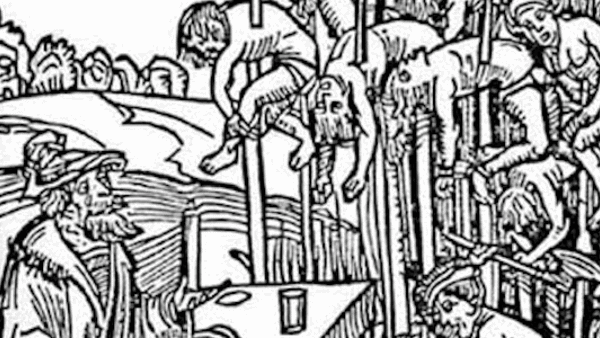

or more gimmicky, depending on how charitable you’re feeling. Some web strips work that way too, but there are others which are more conceptual…. Traditionally, most strips have featured recurring characters (like Peanuts). It’s not a flashy effect, but it’s nicely done, and it would be difficult-to-impossible to pull off in the space constraints imposed by newspapers.īut Beaton is mostly a creature of the web not so much in her drawings as in the topics she chooses and the way she approaches them. Then in the second tier, we pull back, as Bess declares she has the wingspan of an albatross, and goes swooping up, up and over the landscape, until she’s just a butterfly-like squiggle in the sky. Similarly, in a Sunday-shaped-strip about Queen Elizabeth, Beaton draws the first tier of panels in increasing close-up, allowing us to enjoy the tightly-drawn pattern on Elizabeth’s headdress. In one panel, a giant tentacle wraps around one of the men in another the squid sidles up to the sub. In a strip showing the battle between a giant squid and the Nautilus, the bigger-than-newspaper-size panels give Beaton a chance to play with scale. Many webcomics, like Achewood or xkcd, also feature rudimentary art, but Beaton’s work is much more accomplished. Comics in the paper have gotten smaller and smaller, encouraging the proliferation of strips like Dilbert-hideously ugly, but readable at even microscopic size.

Most significantly, perhaps, is that you don’t actually need to squint. It’s not that the web form has no effect on Beaton it’s just that you need to squint a little to see them. Instead, like most web cartoonists, she seems comfortable in the small cramped boxes, which she fills mostly with people standing around with their speech bubbles. In theory Beaton has a lot more room than Calvin and Hobbes, and even more than Little Nemo, but she’s not interested.

Artists like Bill Watterson and Winsor McCay were eager to use every inch of space they had for lush landscapes across which action rolled and sprawled in lavish, kinetic detail. But that’s about as adventurous as the layout gets. Occasionally she’ll have a slightly different format: for instance, a strip about Vikings collecting souvenir-illuminated manuscripts from sacked monasteries is eight panels arranged as two pages of four-panel blocks. Beaton’s certainly do almost all of her strips are three or four panels, like a daily, or else two tiers of three-or-four-panels, like a Sunday. Some creators have picked up on the hint-McCloud himself has made some comics in this vein-but for the most part, webcomics look a lot like newspaper comics. Creators could take advantage of what McCloud called an “infinite canvas” to produce sprawling images that scrolled across multiple screens. In the dim, pre-historic Internet dawn of 2000, Scott McCloud in Reinventing Comics proposed that the Internet would allow comics to spread and morph into fabulous shapes. The most striking thing about seeing the strips on the page is, perhaps, how un-striking it is to see the strips on the page. If you’re not familiar with webcomics, there’s a good chance that Kate Beaton will be one of the two or three examples of the genre that you’re familiar with.īeaton came out with a collected book of her strips last week published by Drawn and Quarterly. But, especially with Achewood on hiatus, Hark a Vagrant is probably the hippest web strip around, combining popularity with almost universal critical acclaim. Hark a Vagrant may not be the most popular strip online-I doubt it’s overtaken Randall Munroe’s xkcd or Mike Krahulik and Jerry Holkins’ Penny Arcade. Kate Beaton is the rock star of web cartoonists.


 0 kommentar(er)
0 kommentar(er)
